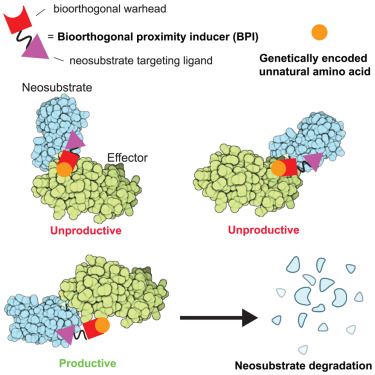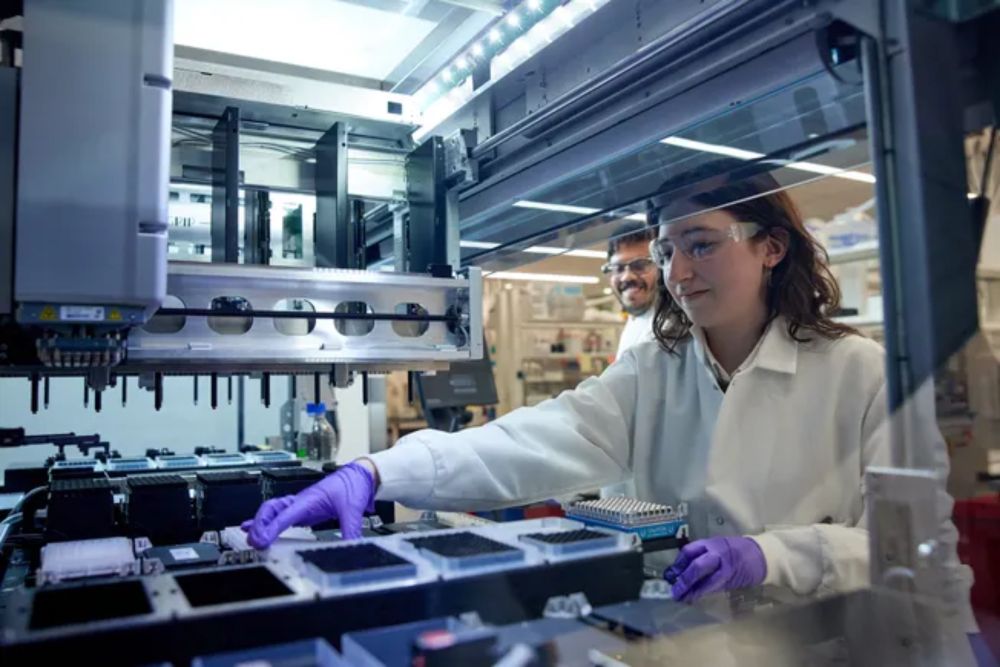Rethinking Ligand Efficiency: Normalization Pitfalls, Uncertainty, and State-Invariant Metrics | ACS Medicinal Chemistry Letters pubs.acs.org/doi/10.1021/...

Rethinking Ligand Efficiency: Normalization Pitfalls, Uncertainty, and State-Invariant Metrics | ACS Medicinal Chemistry Letters pubs.acs.org/doi/10.1021/...
Singh, S., Fang, J., Jin, H. et al. RBM39 degrader invigorates innate immunity to eradicate neuroblastoma despite cancer cell plasticity. Nat Commun 16, 8287 (2025). doi.org/10.1038/s414...
Singh, S., Fang, J., Jin, H. et al. RBM39 degrader invigorates innate immunity to eradicate neuroblastoma despite cancer cell plasticity. Nat Commun 16, 8287 (2025). doi.org/10.1038/s414...




doi.org/10.1021/acsc...

doi.org/10.1021/acsc...
It's literally a vital feature of both science and of representative democracy.
I've written a fair bit about trust in expertise as a vital mechanism in the collective epistemology of science.

It's literally a vital feature of both science and of representative democracy.
I've written a fair bit about trust in expertise as a vital mechanism in the collective epistemology of science.
doi.org/10.1101/2025...

doi.org/10.1101/2025...
Desulfinative Cross-Coupling as a Method to Overcome Problematic Suzuki–Miyaura Reactions of Pharmaceutically Relevant Heteroaromatic Boronates | ACS Medicinal Chemistry Letters pubs.acs.org/doi/10.1021/...

Desulfinative Cross-Coupling as a Method to Overcome Problematic Suzuki–Miyaura Reactions of Pharmaceutically Relevant Heteroaromatic Boronates | ACS Medicinal Chemistry Letters pubs.acs.org/doi/10.1021/...
Thinking About Covalent Drug Reactivity | Science | AAAS www.science.org/content/blog...

Thinking About Covalent Drug Reactivity | Science | AAAS www.science.org/content/blog...
chemrxiv.org/engage/chemr...

chemrxiv.org/engage/chemr...


patentscope.wipo.int/search/en/de...
patentscope.wipo.int/search/en/de...

www.sciencedirect.com/science/arti...

www.sciencedirect.com/science/arti...
doi.org/10.1021/acs....

doi.org/10.1021/acs....




